Customized Tomato Sauce Flavor Solutions for the Southeast Asian Market
Introduction
The Southeast Asian market boasts a rich and diverse culinary landscape, with unique flavor preferences that offer significant customization opportunities for tomato sauce exporters. To successfully penetrate and thrive in this market, simply offering standardized tomato sauce products is insufficient. A deep understanding of local consumer tastes and tailoring flavor profiles based on their distinct cooking habits and cultural backgrounds are crucial steps towards achieving steady growth. This document will delve into customized tomato sauce flavor solutions suitable for the Southeast Asian market, providing detailed ingredient suggestions, market analysis, and production considerations.

Core Flavor Preference Analysis: An In-depth Exploration of the Southeast Asian Palate
To effectively customize tomato sauce flavors for the Southeast Asian market, a thorough understanding of the region's core flavor preferences is essential. Southeast Asian cuisine is renowned for its complex flavor combinations, typically seeking a delicate balance between sweet, sour, spicy, salty, and umami notes.
Sweetness
Sweetness holds a significant place in Southeast Asian cuisine, particularly in countries like Thailand, the Philippines, and Malaysia. This sweetness is not limited to a singular sugary taste but can originate from various ingredients such as palm sugar, coconut sugar, fruits, and the natural sweetness of vegetables. When customizing tomato sauce, it's necessary to consider the target market's sweetness acceptance level and choose appropriate sweetening sources to avoid an overly simplistic sugary taste. For instance, consumers in some regions may prefer the caramel-like sweetness of palm sugar.
Acidity
Acidity is an indispensable component of Southeast Asian cuisine, playing a vital role in balancing the sweetness and richness of dishes, providing a refreshing mouthfeel. Beyond the natural acidity of tomatoes and the tanginess of vinegar, Southeast Asian cooking widely utilizes natural souring agents like tamarind, lime, calamansi, and bilimbi. When customizing tomato sauce, incorporating these regionally specific acidic ingredients can enhance the product's uniqueness and appeal. For example, the fresh acidity of lime is highly popular in Thailand and Vietnam.
Spiciness
Chili peppers are the soul of Southeast Asian cuisine. From mild bell peppers to fiery bird's eye chilies, various peppers play crucial roles in different dishes. For tomato sauce customization, the appropriate chili types and heat levels must be selected based on the target market's preferences. For instance, consumers in Indonesia and Malaysia typically have a higher tolerance for spiciness, while parts of the Philippines prefer milder flavors. Understanding the locally common chili varieties and their flavor profiles (such as aroma and fruitiness) is also paramount.
Umami/Savory
Umami is a significant source of flavor depth in Southeast Asian cuisine. Fish sauce, shrimp paste, oyster sauce, fermented soybean products (such as soy sauce and tempeh), and various dried seafood are widely used in local cooking. Skillfully incorporating these umami elements into tomato sauce can significantly enhance the product's flavor complexity and richness, making it more aligned with local consumer taste habits. However, it's important to note that preferences for these umami sources can vary across different regions. For example, fish sauce is very popular in Vietnam and Thailand, while shrimp paste is more widely used in Malaysia and Indonesia.
Aromatics & Herbs
Southeast Asian cuisine is celebrated for its rich aromas, attributed to the extensive use of various spices and herbs. Lemongrass, galangal, kaffir lime leaves, mint, basil, cilantro, and curry leaves all contribute unique flavors to dishes. When customizing tomato sauce, incorporating these representative aromatics and herbs can imbue the product with a strong Southeast Asian flair. For example, adding lemongrass and galangal can impart a fresh and slightly spicy aroma to the tomato sauce, making it more suitable for pairing with seafood or poultry.
Customization Options and Ingredient Suggestions: Innovative Recipes Based on Different Flavor Preferences
Based on the above analysis of core Southeast Asian flavor preferences, here are some specific tomato sauce flavor customization options with detailed ingredient suggestions for exporters' reference:
Sweet & Mild - Catering to Children and Mild Palates
Characteristics: Emphasizes the natural sweetness of tomatoes, with low to no spiciness and moderate acidity.
Suitable Markets: Parts of the Philippines (especially the children's market), some regions of Malaysia, and consumers with a lower tolerance for spiciness.
Ingredient Suggestions:
- Base: High-quality, ripe tomatoes (choose sweeter varieties like cherry or Roma tomatoes).
- Sweetness Enhancer: White sugar, brown sugar, or honey (in small amounts to add flavor complexity). Consider using coconut sugar for a unique regional touch.
- Acidity Regulator: A small amount of white vinegar or rice vinegar to maintain mild acidity.
- Aromatics: Finely chopped onions and minced garlic (sautéed) to enhance the base flavor.
- Mild Spice (Optional): A very small amount of sweet paprika or finely diced red bell pepper to provide a subtle hint of spice.
- Herbs (Optional): A pinch of dried basil or oregano to add flavor complexity.
Sweet & Tangy - A Widely Applicable Basic Flavor
Characteristics: Achieves a good balance between sweetness and tanginess, with a refreshing taste and classic flavor.
Suitable Markets: Broadly applicable and can be promoted as a basic tomato sauce in multiple Southeast Asian countries.
Ingredient Suggestions:
- Base: Ripe tomatoes (choose varieties with a balanced sweet-sour profile).
- Sweetness: White sugar or brown sugar in moderate amounts.
- Acidity: White vinegar or apple cider vinegar, with the sugar-to-vinegar ratio carefully adjusted for ideal balance. Consider adding a small amount of fresh lemon or lime juice for a refreshing note.
- Aromatics: Finely chopped onions, minced garlic (sautéed), a pinch of black pepper powder.
- Herbs (Optional): A small amount of fresh or dried chopped cilantro or Italian herbs.
Spicy & Savory - Satisfying the Cravings of Spice Lovers
Characteristics: Highlights the spiciness of chili peppers and incorporates distinctive Southeast Asian umami flavors, resulting in a rich and complex taste.
Suitable Markets: Thailand, Malaysia, Indonesia, Singapore, and other countries with a high acceptance of spicy food.
Ingredient Suggestions:
- Base: Ripe tomatoes.
- Sweetness: White sugar or palm sugar (in small amounts to balance the spiciness).
- Acidity: White vinegar or rice vinegar.
- Spiciness: Choose chili types and amounts based on the target market's preferences:
- Thai Style: Fresh or dried bird's eye chilies, spur chilies, optionally with a small amount of Thai bird chili for aroma and heat.
- Malaysian/Indonesian Style: Chili padi, bird's eye chilies, optionally with a small amount of dried chili flakes or chili powder.
- Umami: High-quality fish sauce, shrimp paste (use sparingly to avoid overpowering saltiness), oyster sauce (in small amounts). Consider adding a small amount of dried shrimp powder.
- Aromatics: Generous amount of minced garlic (sautéed), minced ginger, minced galangal (optional).
- Herbs (Optional): Chopped lemongrass, a few chopped cilantro roots.
Lemongrass & Lime Infused - A Refreshing and Uniquely Southeast Asian Flavor
Characteristics: Infused with the fresh aroma of lemongrass and lime, offering a tangy and unique flavor profile.
Suitable Markets: Vietnam, Thailand, Cambodia, and other regions that favor fresh herbal notes.
Ingredient Suggestions:
- Base: Ripe tomatoes.
- Sweetness: White sugar or a small amount of coconut sugar.
- Acidity: Generous amount of fresh lime juice, optionally with a small amount of lime zest (avoid the white pith to prevent bitterness).
- Aromatics: Generous amount of fresh lemongrass (finely chopped or pounded into a paste), a small amount of minced galangal, minced shallots (optional).
- Spiciness (Optional): A small amount of finely chopped bird's eye chili for a hint of spice.
- Herbs (Optional): Chopped mint leaves or Thai basil.
Tamarind Sweet & Sour Spicy - A Rich Regional Specialty
Characteristics: Utilizes the natural sweet and sour taste of tamarind, combined with the spiciness of chili for a distinctive Southeast Asian flavor.
Suitable Markets: Thailand, Malaysia, and other countries with a high acceptance of tamarind flavors.
Ingredient Suggestions:
- Base: Ripe tomatoes.
- Sweetness: Palm sugar (preferred for its unique caramel notes), white sugar (in small amounts).
- Acidity: High-quality tamarind paste or fresh tamarind pulp extract (adjust amount based on concentration).
- Spiciness: Dried chili flakes, chili powder, or fresh chili paste, adjust amount based on desired heat level.
- Aromatics: Minced garlic (sautéed), a small amount of finely chopped shallots.
- Umami (Optional): A small amount of fish sauce.
Garlic & Chili - A Simple and Direct Deliciousness
Characteristics: Highlights the robust aroma of garlic and chili, simple yet intensely flavorful.
Suitable Markets: Widely accepted flavor profile, suitable for various culinary uses.
Ingredient Suggestions:
- Base: Ripe tomatoes.
- Sweetness: White sugar (in small amounts to balance the spiciness).
- Acidity: White vinegar or rice vinegar.
- Aromatics: Generous amount of fresh garlic (minced and sautéed until golden brown), minced ginger (optional).
- Spiciness: Generous amount of dried chili flakes (lightly fried in oil to release aroma), chili powder, or fresh chili paste.
- Umami (Optional): A small amount of oyster sauce.
Key Ingredient Considerations: Selecting Quality Raw Materials
Tomato Varieties
Choosing ripe, flavorful tomato varieties is fundamental to producing high-quality tomato sauce. Different tomato varieties vary in sweetness, acidity, and flavor profiles. Exporters should select varieties that align with their target flavor goals. For example, Roma tomatoes have a firm flesh and are suitable for making thick sauces, while San Marzano tomatoes are known for their rich flavor and balanced sweetness and acidity. Considering locally sourced options within Southeast Asia, if feasible for production, can also be advantageous.
Other Base Ingredients
The quality and type of other base ingredients also significantly impact the final flavor of the tomato sauce.
- Sugar: Select white sugar, brown sugar, palm sugar, or coconut sugar based on the desired sweetness profile and regional preference. Each type of sugar imparts a unique flavor characteristic.
- Vinegar: White vinegar, rice vinegar, and apple cider vinegar offer distinct types of acidity and aromatic notes.
- Salt: High-quality sea salt or table salt.
- Oil: Vegetable oil (such as soybean oil or palm oil) is commonly used for sautéing garlic and chili, releasing their aromas and flavors.
Processing and Texture Control: Impacting Flavor and Mouthfeel
Cooking Time and Temperature
Different cooking times and temperatures can significantly influence the sweetness, acidity, and overall flavor profile of the tomato sauce. Longer, slower simmering can develop deeper, more mellow flavors and enhance sweetness.
Blending and Sieving
The degree of blending and whether or not the sauce is sieved will determine the final texture. Blending creates a smoother sauce, while leaving some tomato pulp can provide a chunkier texture. Sieving removes seeds and skins for an ultra-smooth consistency.
Viscosity Control
The thickness of the tomato sauce can be adjusted by varying the cooking time (allowing more water to evaporate) or by using food-grade thickeners such as cornstarch or modified starch.
In-depth Market Research and Taste Testing: The Cornerstone of Success
Before finalizing any flavor customization方案, conducting thorough market research and consumer taste testing is paramount. This will enable exporters to better understand the actual needs and preferences of the target market, thereby reducing the risks associated with product development and increasing the chances of market success.
Detailed Consumer Surveys
Design comprehensive survey questionnaires to gather information about consumer preferences regarding sweetness, sourness, spiciness, acceptance of specific aromatics and umami ingredients, and the typical culinary applications of tomato sauce.
Precise Focus Group Interviews
Organize focus group discussions with consumers in the target markets to gain deeper insights into their perceptions and preferences regarding different tomato sauce flavors, uncovering underlying taste preferences and cultural factors.
Extensive In-Store Taste Tests
Conduct taste tests in supermarkets, convenience stores, and local markets within the target regions to collect real-time feedback from potential consumers on various flavor variations.
Comprehensive Competitive Analysis
Thoroughly analyze existing tomato-based sauces in the Southeast Asian market, noting their flavor profiles, ingredient lists, pricing strategies, and target consumer groups to identify opportunities for differentiation and unmet consumer needs.
Regulatory Considerations: Adhering to Local Food Safety and Labeling Regulations
Exporters must also be fully aware of and comply with the food safety and labeling regulations of their target Southeast Asian countries. This includes restrictions on the use of food additives, the accuracy of labeling information, the determination of shelf life, and other relevant laws and regulations.
Packaging and Branding Strategy: Aligning with Southeast Asian Culture
Beyond the flavor itself, packaging design and branding strategies must also consider the cultural nuances and consumer habits of the Southeast Asian market. Eye-catching colors, design elements that resonate with local culture, and clear, easily understandable product information can significantly enhance product appeal.
Supply Chain and Logistics: Ensuring Product Quality and Freshness
Exporters need to establish a stable and reliable supply chain and an efficient logistics system to ensure that their customized tomato sauce products reach Southeast Asian consumers in optimal quality and freshness. This includes selecting appropriate transportation methods, controlling temperature and humidity during transit, and building strong partnerships with local distributors.
Conclusion: A Customer-Centric Approach to Continuous Innovation
Customizing tomato sauce flavors for the Southeast Asian market is a complex yet promising endeavor. Exporters need to adopt a customer-centric approach, deeply understanding local taste preferences and cultural backgrounds, and then boldly innovate and experiment based on this knowledge. Through meticulous market research, precise flavor customization, strict quality control, and effective marketing, success can be achieved in the competitive Southeast Asian market, leading to sustained business growth. Remember that flavor customization is an ongoing iterative process, and exporters need to closely monitor market changes and consumer feedback, continuously adjusting and optimizing their products to maintain a leading position in the rapidly evolving Southeast Asian market.
Must-Read Blogs For Chain Restaurants Owner

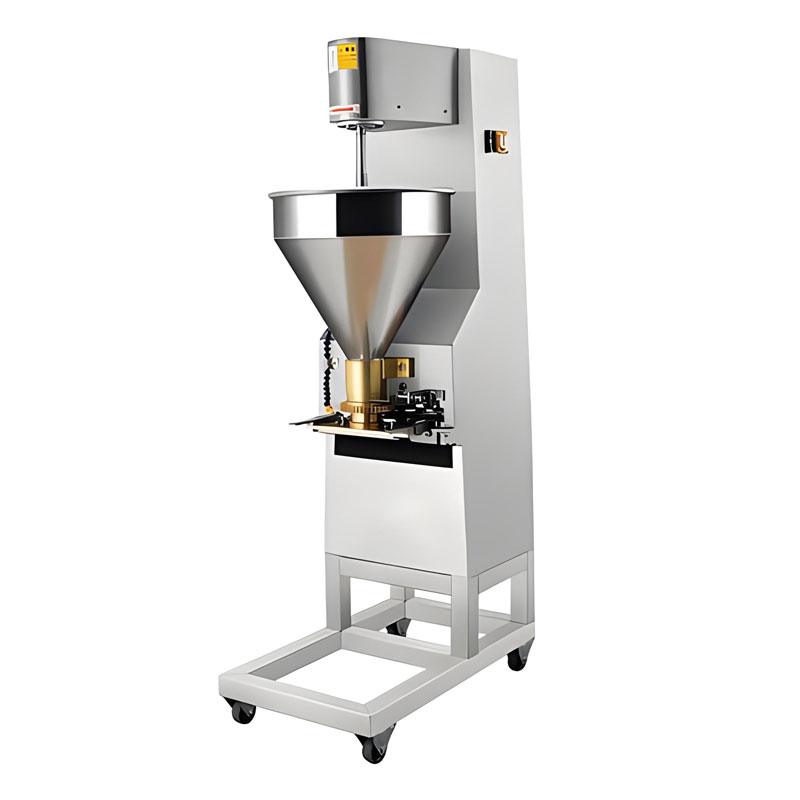



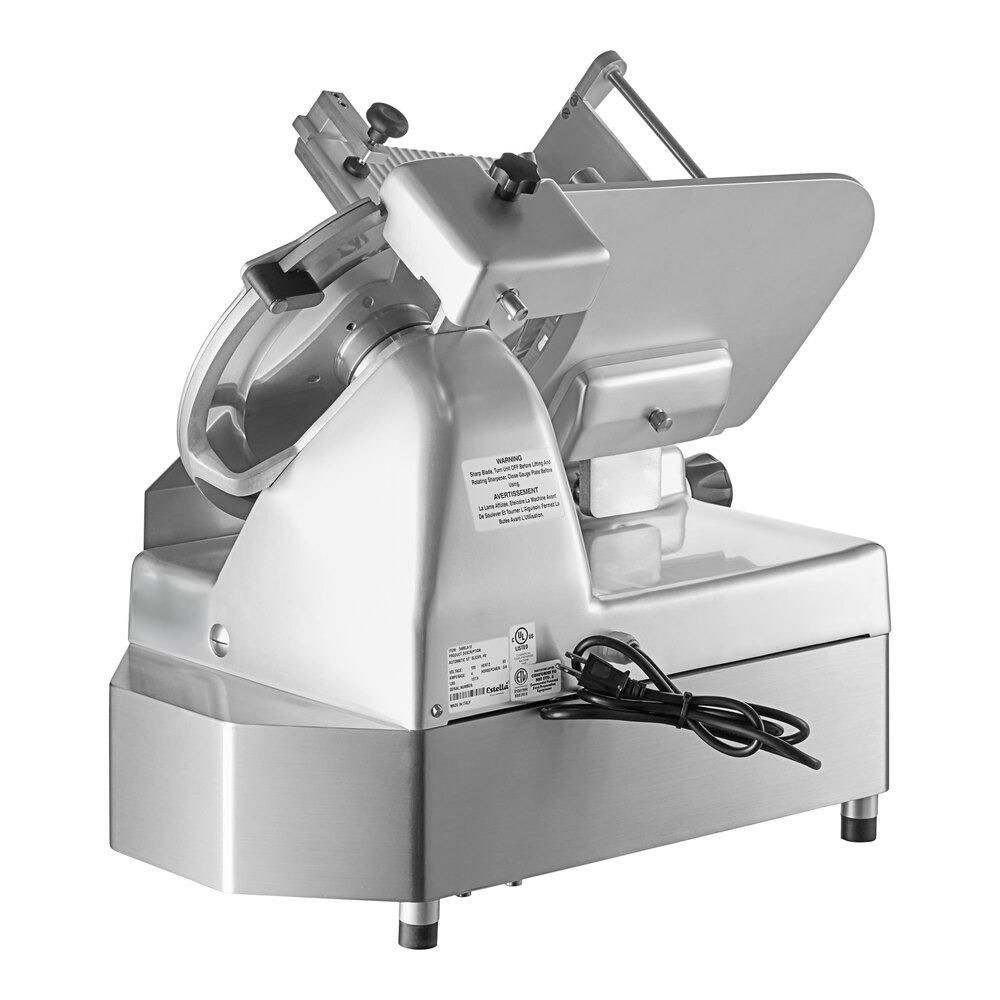
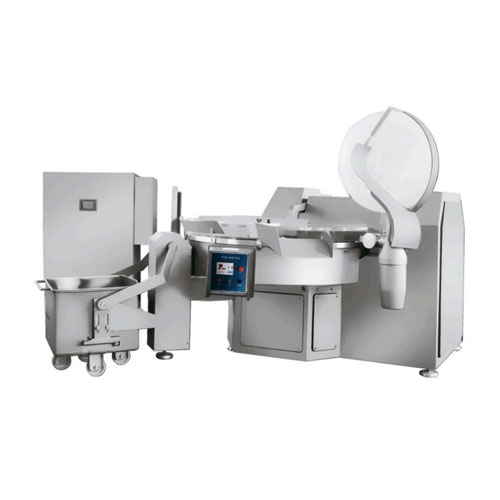

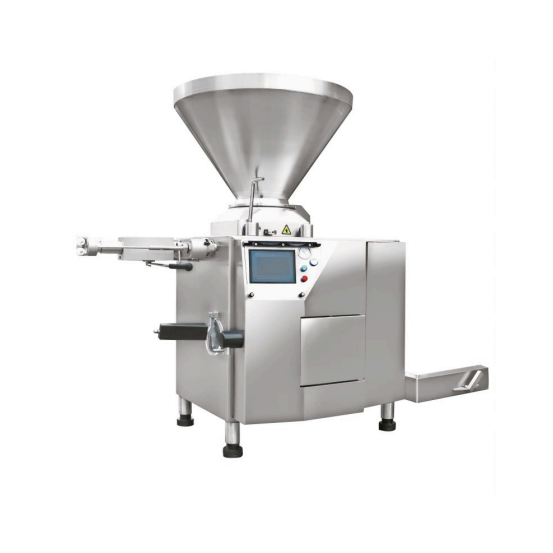


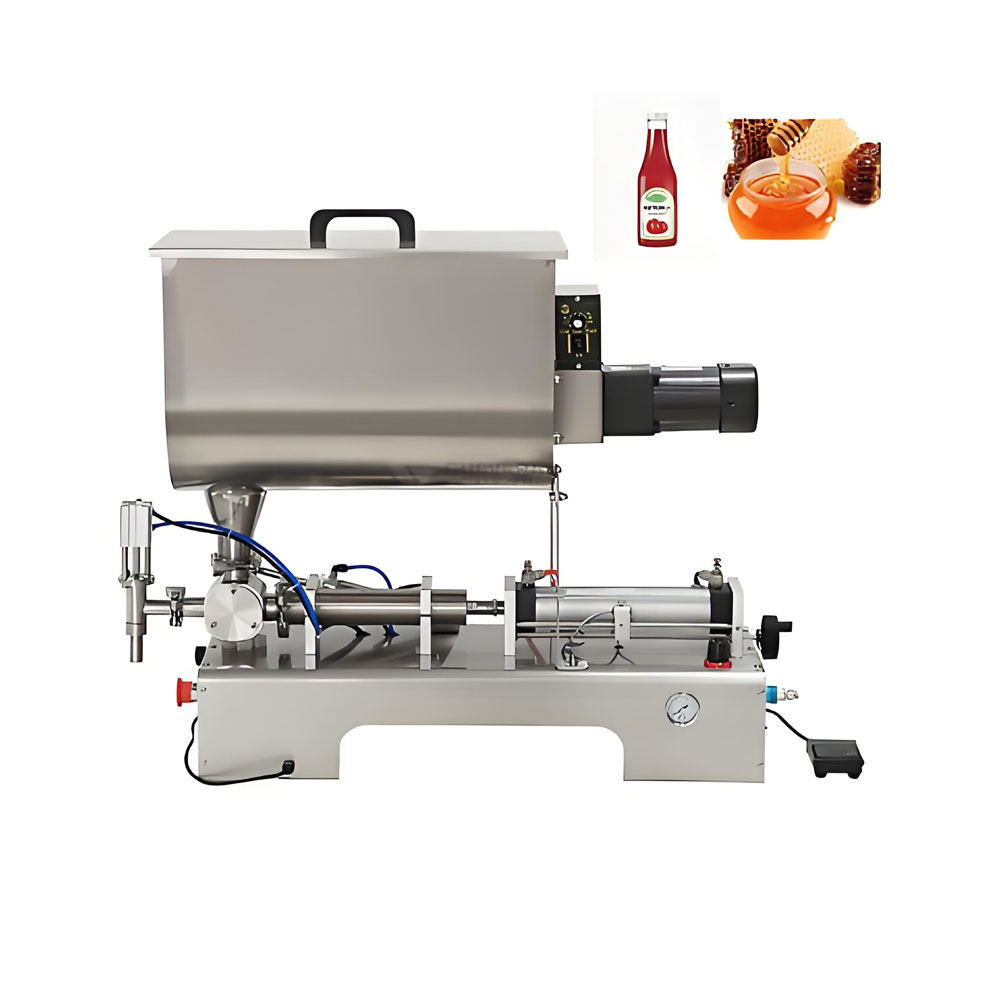 Sauce Filling Machine
Sauce Filling Machine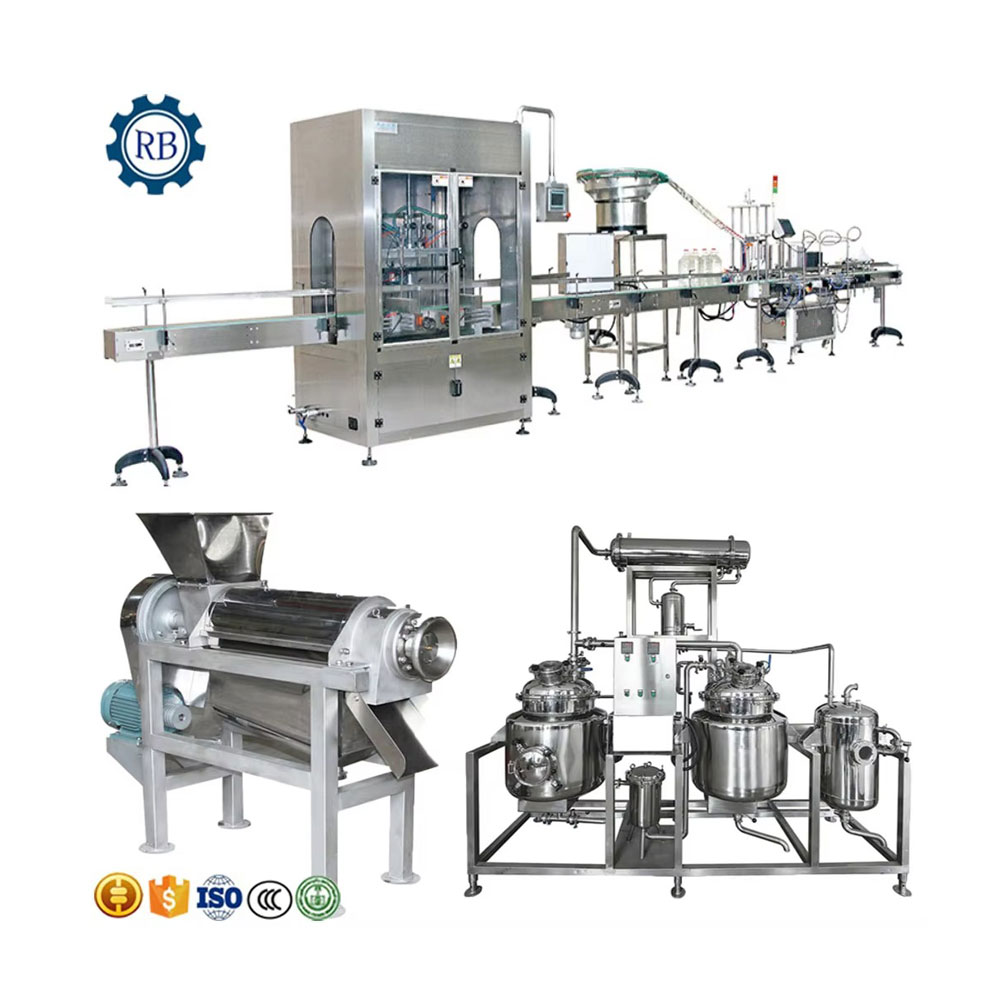 Tomato Sauce Machine
Tomato Sauce Machine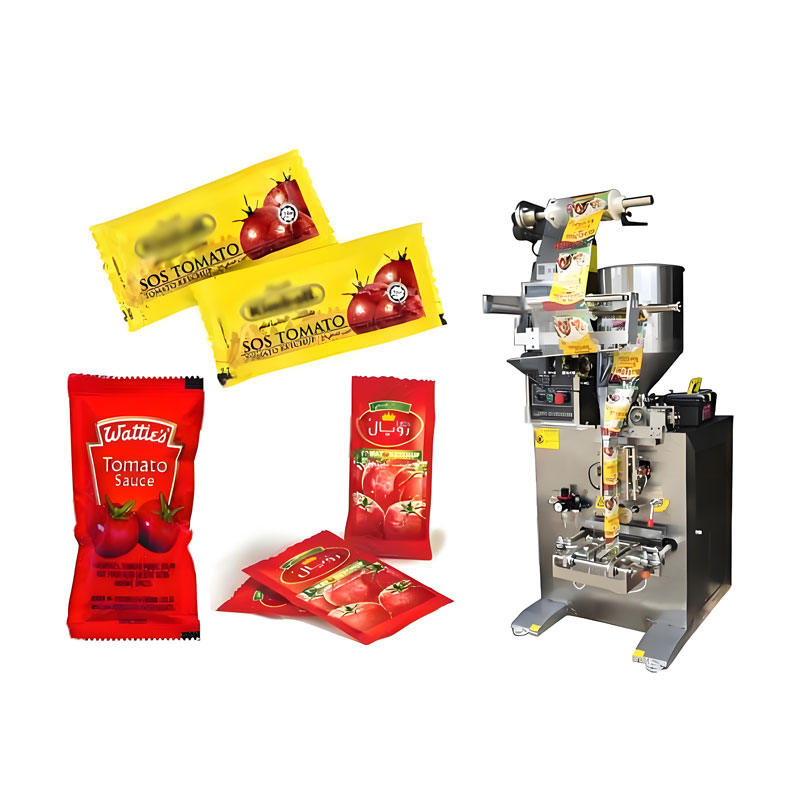 Tomato Sauce Packaging Machine
Tomato Sauce Packaging Machine Tomato Ketchup Processing Line
Tomato Ketchup Processing Line
Ready to Get Started?